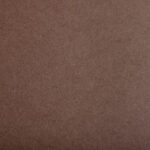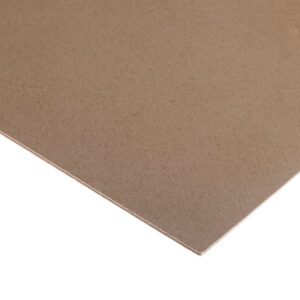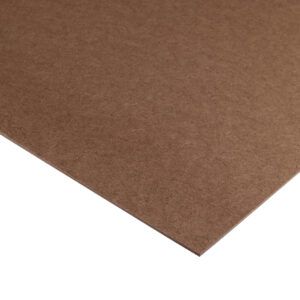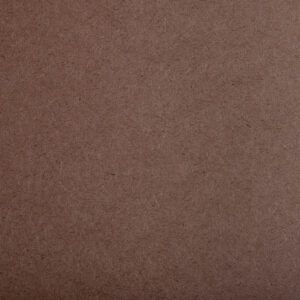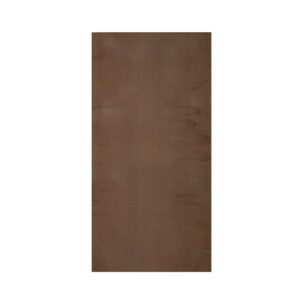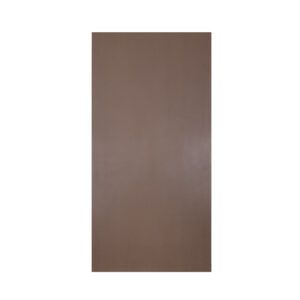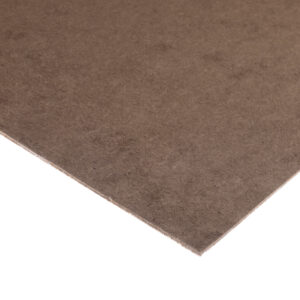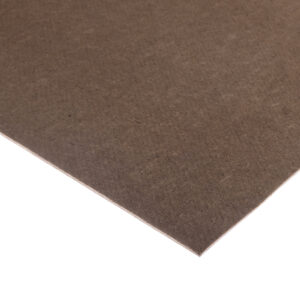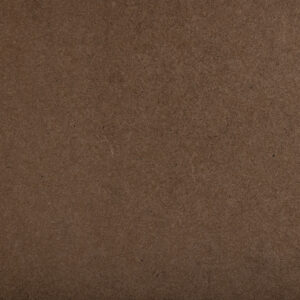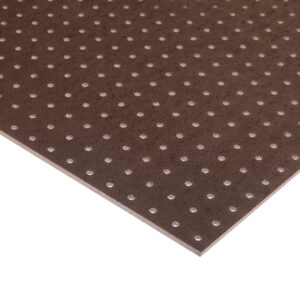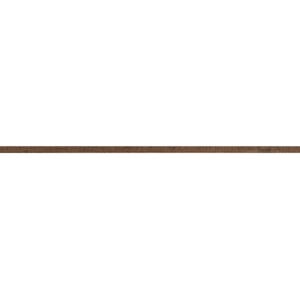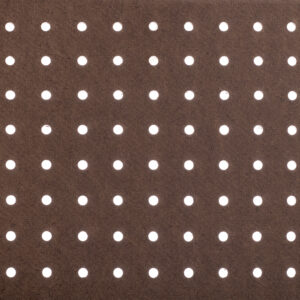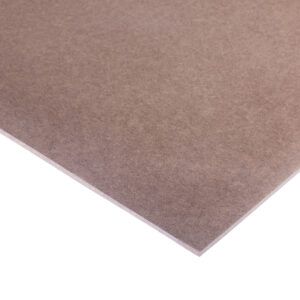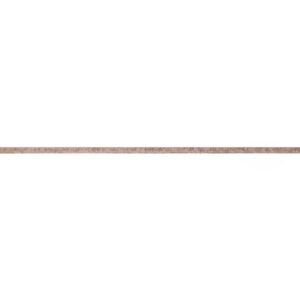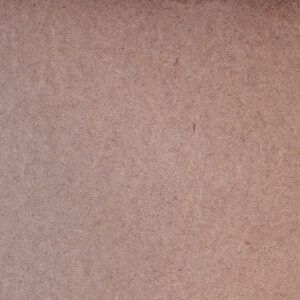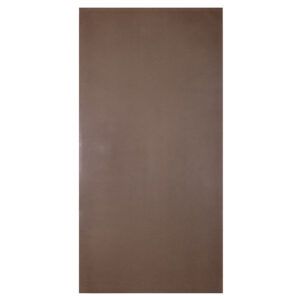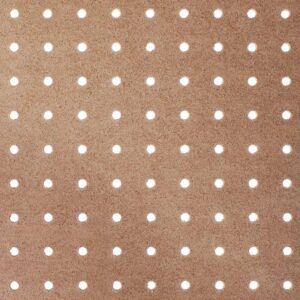Hardboard
Hardboard, also called high-density fiberboard, is a kind of engineered wood that resembles real wood without investing too much money. In a layman’s definition, a hardboard is reconstructed, recycled wood.
It is engineered from wood leftovers glued using resin and compressed under high temperatures and intense pressure. 3mm hardboard has many uses and is a common construction material.
Uses of Hardboard
Hardboard is utilized in:
- Construction industry (in wall sheathing, floor and roof underlying, wall linings, wall panels, wall claddings, display panels, and structural bracing);
- To make furniture (drawers, dust stops, bed headboards, room dividers, cabinet tops, exteriors for cupboards, desktops, doors);
- Auto industry (caravan interiors, dashboards, back window decks, door panels, roof panels).
Advantages of Hardboard
- Environmentally friendly – unlike real wood, hardboard is considered environmentally friendly. The material is made from leftover wood and fibres. On the other hand, real wood relies on cutting down trees, hence deforestation.
- Affordable – hardboard is inexpensive compared to real wood. This is because it is made from waste wood products. Besides, it can last for many years due to its protective finish.
- It gives you the appearance of real wood – At a glance, you cannot differentiate hardboard from real wood. Only a keen and experienced person can identify grain and texture differences. So, without affecting your bank balances, you can get the grain and texture of the original wood.
- Easy to work with – there is uniformity in the weight and density of the hardboard. It is also available in varying sizes. That implies less labour and low cost. It is also easy to install, and therefore you save money. In fact, most homeowners consider DIY when working with a standard hardboard.
- Durable – hardboard is ridiculously durable and strong. However, don’t use power washers since they can cause dents on the surface and give way for moisture to get in.
- Available in various styles and sizes – hardwood is an engineered product of wood, can be made in different styles, sizes, shades, and textures. Unlike real wood, there is no limitation on the sizes and designs you can get. There are larger panels and several finishes that you can get at a lower price. For instance, depending on what you want to spend, you can get finished, pre-finished or unfinished hardboard. If you go for unfinished panels, you can stain and paint them the way you like.
- The hardboard is consistent, though some could have minor surface defects.
Disadvantages of Hardboard
- Moisture – hardboard products are prone to moisture and, therefore not ideal for outdoor applications.
- It is not durable as compared to its counterparts, such as Plywood or MDF.
- Hardboard construction components and furniture require regular inspection and maintenance.
Conclusion
You don’t have to spend more buying real wood for your projects. Hardboard is a perfect substitute for wood and will last for a long time if well-maintained.
Showing all 6 results
-
Buy in Bulk & Save
200-399 400+ £2.09£2.51 £1.94£2.33 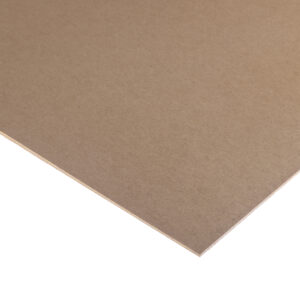 There are 1 more images
There are 1 more images3mm Standard Hardboard 1220mm x 610mm (4′ x 2′) FSC®
3mm Hardboard Sheets 1220mm x 610mm can be used for a variety of functions, e.g. floor covering, general decorative projects, signs, displays, doors, panels, backing for wardrobes, cabinets and bottom of drawers, etc. Hardboard sheets 3mm are very flexible and easy to use.
£2.20£2.64 Ex VATInc VAT Add to cart -
3mm Standard Hardboard 2440mm x 1220mm (8′ x 4′) FSC®
3mm Hardboard Sheets 2440mm x 1220mm can be used for a variety of functions, e.g. floor covering, general decorative projects, signs, displays, doors, panels, backing for wardrobes, cabinets and bottom of drawers, etc. Hardboard sheets 3mm are very flexible and easy to use.
£6.85£8.22 Ex VATInc VAT Add to cart -
Buy in Bulk & Save
75-149 150+ £6.51£7.81 £6.37£7.64 There are 1 more images3.2mm Pine Wood Standard Hardboard 2440mm x 1220mm (8′ x 4′) FSC®
3.2mm Hardboard Sheets 2440mm x 1220mm can be used for a variety of functions, e.g. floor covering, general decorative projects, signs, displays, doors, panels, backing for wardrobes, cabinets and bottom of drawers, etc. Hardboard sheets 3.2mm are very flexible and easy to use.
£6.85£8.22 Ex VATInc VAT Add to cart -
Buy in Bulk & Save
63-124 125+ £16.96£20.35 £16.48£19.78 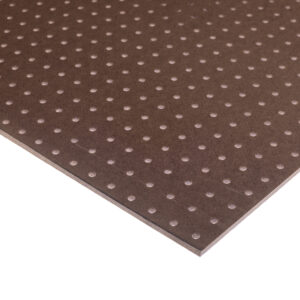 There are 2 more images
There are 2 more images4.8mm Eucalyptus Wood Fiber Perforated Hardboard 2440mm x 1220mm (8′ x 4′)
4.8mm Hard fibreboard for non-load-bearing applications. The distance between the holes is approx 25mm, and the hole diameter is 7mm.
£17.44£20.93 Ex VATInc VAT Add to cart -
6mm Standard Hardboard 2440mm x 1220mm (8′ x 4′) FSC®
6mm Hardboard Sheets 2440mm x 1220mm can be used for a variety of functions, e.g. floor covering, general decorative projects, signs, displays, doors, panels, backing for wardrobes, cabinets and bottom of drawers, etc. Hardboard sheets 6mm are very flexible and easy to use.
£15.60£18.72 Ex VATInc VAT Add to cart -
6mm Oil Tempered Perforated Hardboard 2440mm x 1220mm (8′ x 4′)
Hard fibreboard oil tempered for non-load-bearing applications. The distance between the holes is 25,4mm, and the hole diameter is 7,1mm.
POA Get a quote
